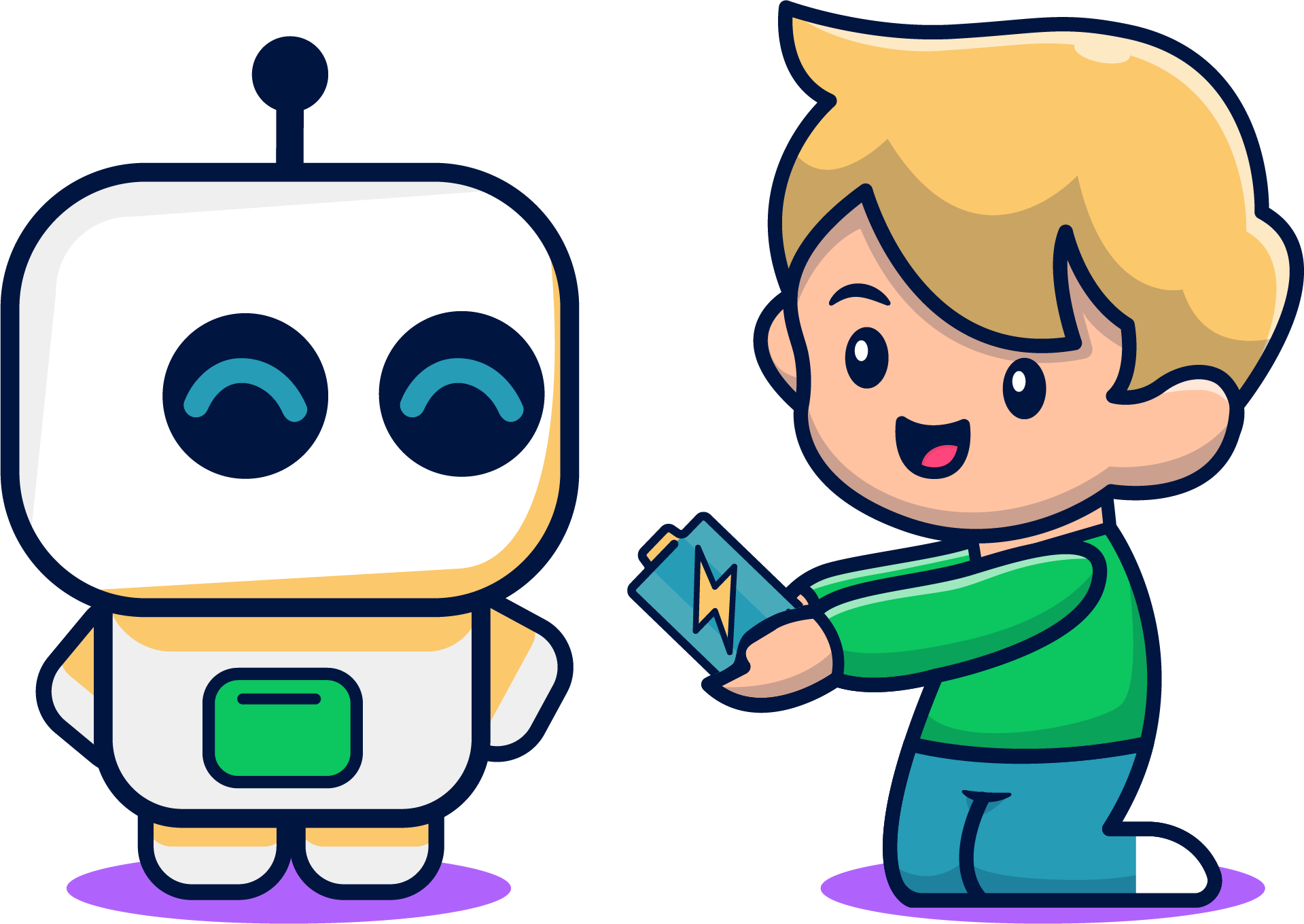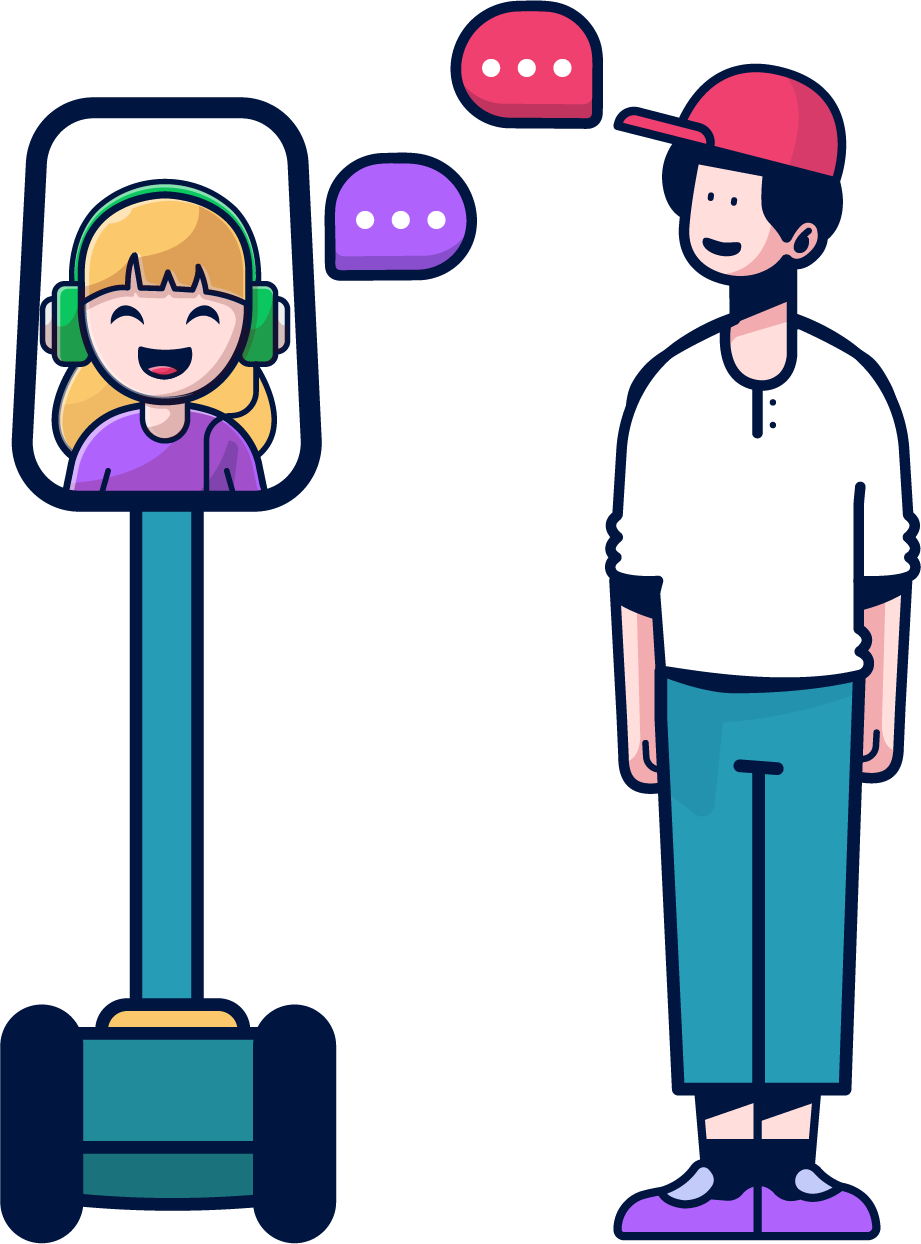Social robots versus telepresence robots
When we think of robots, the first thing that comes to mind is probably technical, usually artificially intelligent creatures that we know from films or other media worlds – such as “Wall-E”, “Data”, “R2-D2” or “Marvin”. All these robots can be classified as social robots. And also in real life there are a number of robots that fall under this category. Like “Sofia” (Hanson Robotics), “Asimo” (Honda) or “Aibo the Robotic Dog” (Sony).
“Social robots are robots that interact with humans and each other in a socially acceptable fashion.” [1]
Both social robots and telepresence robots are “social” – but while the social nature of social robots is simulated by AI – TR are actually controlled by humans. A social robot has a more complex algorithm than a telepresence robot. Humans do not control social robots, but instead, they are taught (programmed with artificial intelligence) to interact with humans independently. Artificial intelligence (AI) is the ability of a digital computer or computer-controlled robot to perform tasks commonly associated with intelligent beings [2]. Using AI, social robots are developed to achieve social and emotional intelligence. Thus, making social robots more complicated and expensive than telepresence robots.
Both social robots and telepresence robots are interesting for the education sector. But participation in class from a distance and social interaction with classmates or colleagues is only possible with telepresence robots.


References:
[1] https://www.sciencedirect.com/topics/computer-science/social-robot
[2] https://www.britannica.com/technology/artificial-intelligence
Credits Illustrations: Constantin Kraus
Do you have more questions about Telepresence Robots? Visit our TRinE Glossary!
